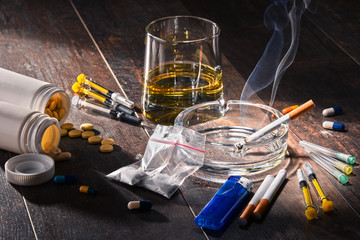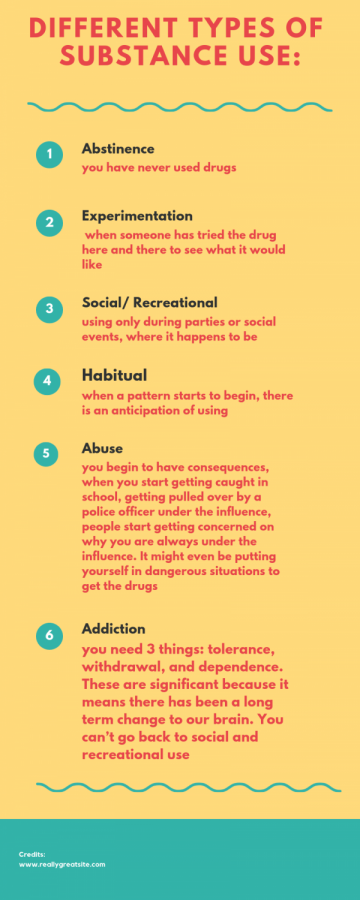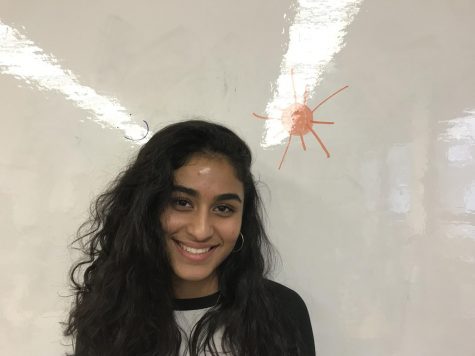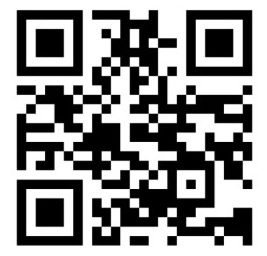A high chance of trouble

In June 2002, the Supreme Court broadened the authority of public schools to test students for illegal drugs. It was ruled that random drug testing would be allowed in the middle school and high school students that participate in competitive extracurricular activities. Drug testing helps identify those who have begun using illicit drugs and would benefit from an early intervention to prevent future usage. It is also beneficial to those who already have drug problems to get them help and treatment.
People who have family members that smoke or drink regularly are more likely to get an addiction faster and skip most of the types of substance use and jump straight to abuse and addiction. A lot of the times, people are in denial of what the are doing. They don’t understand how serious of a problem they have. Even when students get caught sometimes when asked what the are using or what is in what the are using, they don’t even know.
Many people have a misconception where Juul pods are better than smoking cigarettes. Although there is no tar or tobacco in them, it contains the same amount of nicotine as one pack of cigarettes. People are not aware of how much they are taking in at once because it looks like a small amount when in reality it’s a lot.
Glen Rock High School tests for more drugs than a typical school district. The school has a contract with Valley Hospital, and that’s where they get drug screened. Common signs that students are under the influence are: falling asleep at inappropriate times, withdrawing from commitments and activities, dramatic mood swings, difficulty focusing, changes in appearance, and behavioral markers(slurred speech, drooping eyes).
When the student gets drug tested from Valley Hospital, it is covered by the school, if they decide to go to a different hospital they would have to pay for it on their own. It costs a few hundred dollars for the testing.
A common question that is asked is whether an eighteen-year-old caught under the influence is treated the same way. The answer is yes. Although they are legally adults, however, they are still in high school and would still need a parent to come in and take them to the hospital, unless it’s a serious circumstance.
When a student is suspected to be under the influence, the administration is immediately notified. Although the school is worried about getting help, counseling, therapy, and hopefully stopping the use of drugs, the most immediate sense of urgency could be the fact that students could overdose.
When dealing with someone who is medically unstable, they cannot wait for parents and have to take an ambulance then a faculty member has to ride the ambulance with them. As of this year, all teachers and staff are trained to know how to use Narcan. Although plenty of people see this negatively, and the number of users is decreasing, it is always good to be prepared, in case someone does overdose in the school. Instead of just calling 911 and waiting helplessly, teachers are now trained and able to help.
Once the administration is notified, the nurse does the assessment of the students’ vitals. Drug screening needs to happen within 2 hours. The test finds several drugs such as alcohol, nicotine, amphetamines, cocaine, methamphetamine, benzodiazepines, ecstasy, LSD, PCP, marijuana, synthetic marijuana, opiates, morphine, codeine, hydrocodone, hydromorphone, oxycodone, oxymorphone, heroin, methadone, and methaqualone. Students are told to not eat or drink anything before getting tested because if it comes back diluted, it is an automatic positive.
The results come back in within 72 hours, till then the students are assumed negative. There have been times where the student gets screened and it comes back as a total negative. Between those couple of hours or days, students need to have clearance to be able to come back into the school saying that they are not in danger of overdose. A student would not be able to come back into school if they were high, their use is dangerous where they might have to be admitted or go home. If the test comes back positive, the parents and student come in to speak about the results. The student would need to go for an intake to determine what level of care their child requires. If they refuse to go for intake they receive a 9 day out of school suspension, which is not common.
When parents hear the news that their child is using substances, they respond in a plethora of different ways. Some parents are angry at their child and some are angry at the school or it is very emotional. Students also react to their results in many different ways. Sometimes students don’t care, some get over emotional, and some even get angry, most likely because they got caught.
The levels of care go from lowest to highest, the levels are dependent on how many hours of care they need. Based on their history, the drug screen results, and any kind of factors that would indicate continued use. The lowest level is outpatient, which is anywhere between one to six hours a week. It could be six to eight weeks if the drug results decrease overtime where they are no longer using. Compliant in treatment, participate and do everything they need. It could be longer if they are not compliant or continue to use.
Intensive outpatient is the level above, which is nine to twelve hours a week. PHP, a partial hospitalization program, is a day program. Meaning they would go to the program instead of school. This type of treatment is not very common but it has happened. Above this level is residential, so they would be living at the program getting extreme help. This also is not common but has happened. People can move up and down the levels of care. If a student starts at nine hours they will want to go down to 6 hours a week and be the lowest level of treatment. When the hours decrease, it means they have been using less and less of the drug and eventually are completely clean.
If a student is found under the influence, the superintendent recommends a therapeutic approach. But, the school’s discipline policy is progressive and if your getting caught multiple times there will be consequences. Ms. Bacolas, the Assistant principal, works more with a teamwork approach when speaking with the parents about their child. “It’s not about getting a student in trouble it’s about getting them help,” she says.
Ms. Helder is the student assistant counselor for the middle school and high school. She has a masters in psychology and got a second masters in clinical mental health counseling. She is a licensed professional counselor (LPC) with a concentration in mental health and licensed clinical alcohol and drug counselor.
When it comes to substance use, she may see students who have been caught under the influence, because it is apart of their athletic contract. Sometimes when she meets with a student, they won’t come in necessarily because of substances, but each time, they will come up as an issue and what is happening in their lives.
“A kid is suspected of being under the influence, anyone can report the students when the administration is informed the kid is drawn to the nurses’ office to get their vitals taken. The vitals are not to determine whether the kid is under the influence, the nurse takes the vitals to determine if this person is safe to go with a parent in their car to get drug screened or they have to go in an ambulance” – Ms. Helder.
Before Ms. Helder (SAC) worked with the high school, we were only testing between eight and ten drugs, and now we test about twenty-two. Ms. Helder said, “I advocated to have those included because they weren’t testing major categories of drugs, and Juul was really booming at that point so vaping, synthetic marijuana, and opiates have been added”.
In 2017 about 18 students were drug tested positive for illegal substances or were caught with them on campus. Since 2017 the number of students being tested under the influence has decreased.

Mahima Ohri is a senior at Glen Rock High School. This is her first year writing for the Glen Echo. Her favorite subject is Psychology and she enjoys watching...




